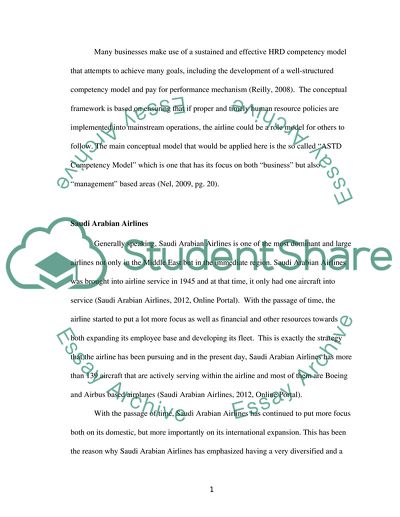Cite this document
(Human Resource Development of Professionals in Saudi Arabian Airlines Research Proposal, n.d.)
Human Resource Development of Professionals in Saudi Arabian Airlines Research Proposal. Retrieved from https://studentshare.org/human-resources/1782750-a-study-of-the-hrd-competencies-as-perceived-by-the-human-resource
Human Resource Development of Professionals in Saudi Arabian Airlines Research Proposal. Retrieved from https://studentshare.org/human-resources/1782750-a-study-of-the-hrd-competencies-as-perceived-by-the-human-resource
(Human Resource Development of Professionals in Saudi Arabian Airlines Research Proposal)
Human Resource Development of Professionals in Saudi Arabian Airlines Research Proposal. https://studentshare.org/human-resources/1782750-a-study-of-the-hrd-competencies-as-perceived-by-the-human-resource.
Human Resource Development of Professionals in Saudi Arabian Airlines Research Proposal. https://studentshare.org/human-resources/1782750-a-study-of-the-hrd-competencies-as-perceived-by-the-human-resource.
“Human Resource Development of Professionals in Saudi Arabian Airlines Research Proposal”, n.d. https://studentshare.org/human-resources/1782750-a-study-of-the-hrd-competencies-as-perceived-by-the-human-resource.


